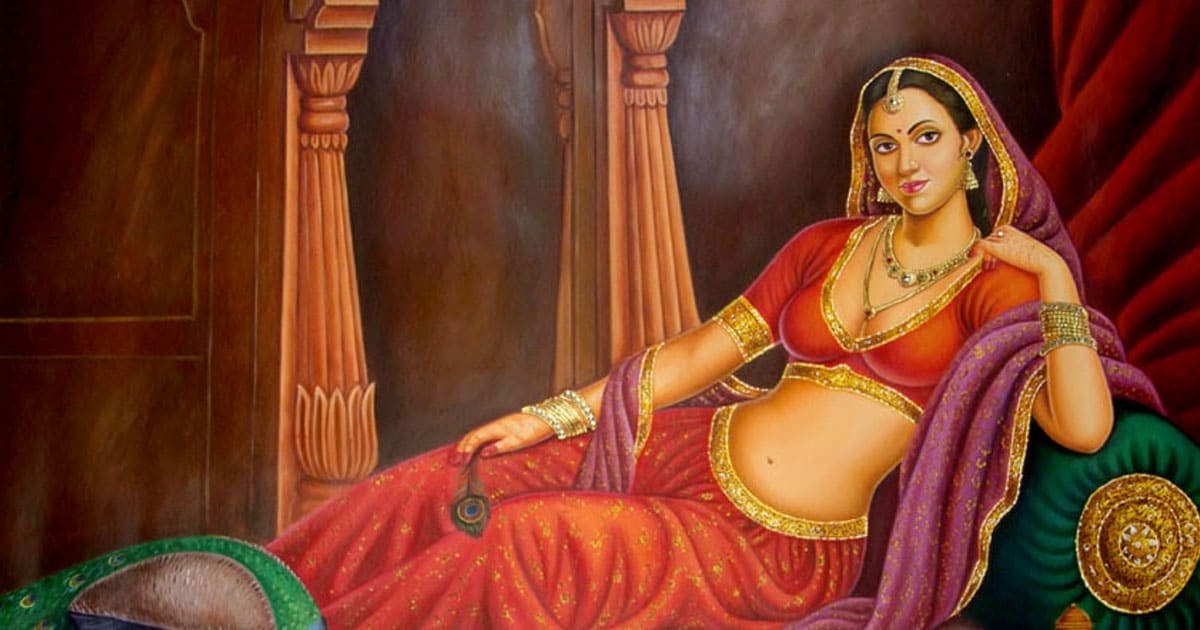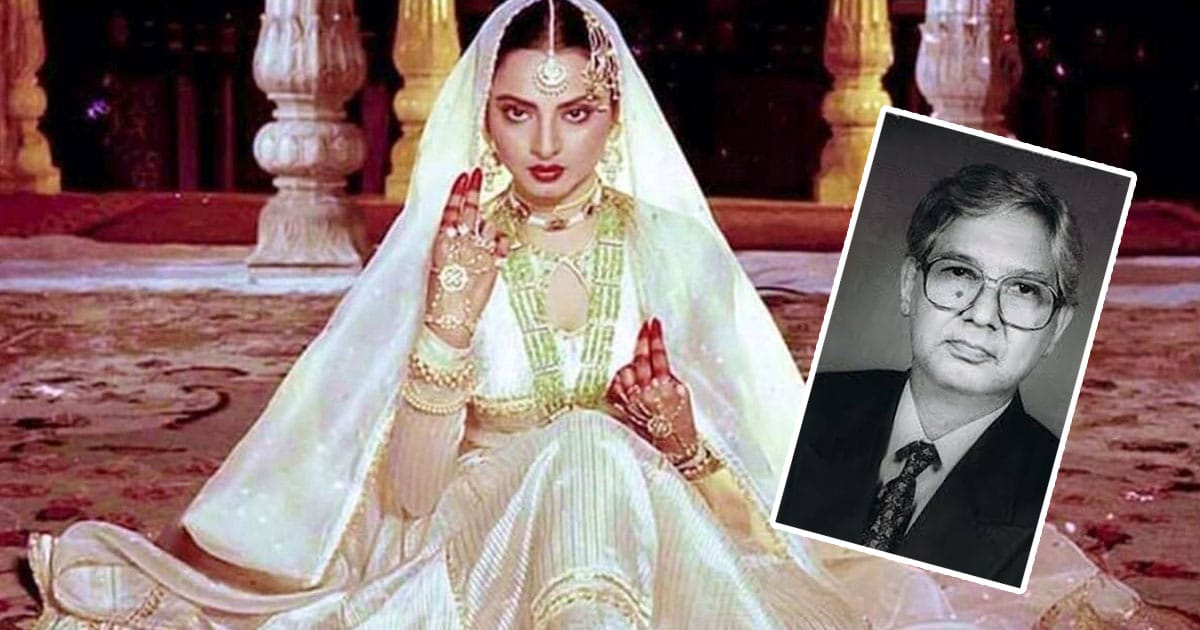The history of courtesans in colonial India encompasses tales of allure, opulence, and societal complexities. These women, known as tawaifs or courtesans, held a unique position in the social fabric of cities like Delhi and Lucknow during the 19th century. Their lives intertwined with the aristocracy, Mughal nobility, and officials of the East India Company.
Courtesans: Guardians of Beauty and Elegance
Courtesans, often celebrated for their beauty, talent, and refined skills, were central figures in the cultural milieu of colonial India. They were accomplished in various artistic forms, such as dance, music, and poetry, captivating their patrons with their performances. These women were not mere objects of desire but wielded significant influence and power within their communities.

The Complex Relationship with Patrons
The patrons of courtesans were typically high-ranking government officials, businessmen, and members of the nobility. These relationships went beyond mere financial transactions and often evolved into emotional and romantic connections. The courtesans found solace and companionship with each other, engaging in what they referred to as chapat bazi – intimate relationships among themselves.
The Social Consequences of Colonial Urbanization
Veena Talwar Oldenburg’s research sheds light on the social consequences of colonial urbanization on courtesans in Lucknow. As cities developed under British rule, traditional social structures transformed. The courtesans, who were once seen as independent, wealthy, and educated individuals, faced marginalization as societal norms changed.
In Veena Talwar Oldenburg’s essay, “Lifestyle as Resistance: The Case of Courtesans of Lucknow,” Oldenburg emphasizes these women’s independence, personal wealth, and self-perceptions as powerful and subversive individuals. She highlights their way of life, rituals, and celebration of womanhood within the privacy of their kothas (upper-storied apartments), which provided their liberation from the patriarchal constraints of the world outside their walls.
However, the arrival of colonialism brought a loss of prestige for these women as their traditional sources of patronage dwindled. Additionally, many of them refused to pay taxes, resulting in arrests. Nevertheless, they often developed strong relationships with the police, which helped them avoid arrest and navigate the oppressive system.
A significant theme in the history of prostitution in India is the link between prostitution and venereal diseases. European surgeons expressed concerns about rising venereal disease rates among European troops stationed in India. This led to regulating soldiers’ sexual activities with “bazaar prostitutes” to combat the spread of diseases. The officers and surgeons collaborated to control the so-called “Venereal Plague”. They targeted women living and working in and around the cantonments to provide a “healthy pool” of women for the soldiers.
A harsh system of surveillance and treatment involving intrusive medical checkups and forceful confinement of sex workers was established. The lock hospitals in Cantonment areas represented an oppressive institution rooted in a patriarchal discourse that violated women’s rights, bodies, and sexuality.
Traces of a Bygone Era
While the courtesans of yesteryears have faded from the contemporary landscape of Delhi and Lucknow, echoes of their presence can still be found. Shopkeepers claim ownership of decorative attar bottles that once belonged to these illustrious women. Architectural remnants, such as the arches of old havelis where they resided, stand as reminders of their opulent lifestyle.
The Enigmatic Charm of Chawri Bazar
The transformation of kothas, once vibrant homes of tawaifs, into the present-day card and paper shops reflects the changing dynamics of society and the erasure of their rich history. As curious onlookers navigate the narrow lanes of Shahjahanabad’s(now Old Delhi) Bazaar-e-Husn(now Chawri Bazar), they glimpse the remnants of a bygone era. These havelis and kothas, now occupied by merchants and rented spaces, were once the epicenter of art, culture, and refinement.
In stark contrast to the prevalent societal norms of frowning upon the birth of a girl child, kothas celebrated the birth of daughters who would grow up to hold prestigious roles and ranks. These women, often well-educated and talented, became patrons of the arts, supporting architecture and cultural projects.
As time passed, the changing socio-cultural landscape led to the decline of the kothas and the emergence of different forms of exploitation, depicted in films such as Pakeezah, Umrao Jaan, Devdaas, and so on. Today, the historical significance of these magnificent buildings is often overlooked, with their current occupants unaware of the illustrious past that lies within their walls. The fading presence of kothas serves as a poignant reminder of the need to preserve and honor the legacy of these empowered women and their contributions to the cultural tapestry of colonial India.
Did you miss these stories?
The Paradox of Fame and Anonymity
Courtesans held both fame and anonymity in a delicate balance. While their wealth and influence made them celebrities of their time, they also cherished their anonymity. Some courtesans in Lucknow, for instance, wore burqas in public spaces, seeking to preserve their privacy and conceal their identities.
Tales of Eccentricity and Individuality
The courtesans’ eccentricities were often celebrated as expressions of their individuality. Stories of Ad Begum, who attended social gatherings adorned with drawings simulating clothing and jewelry on her naked body, exemplify the flamboyant nature of these women and the impact they had on society as narrated by William Dalrymple in his book The Last Mughal.
The world of courtesans in colonial India was one of opulence, allure, and societal complexities. With their exceptional talents and captivating presence, these women held a unique position in the cultural landscape of cities like Delhi and Lucknow. While their existence has largely faded from the modern era, remnants of their legacy can still be glimpsed through artifacts, architectural marvels, and tales passed down through generations. Understanding and appreciating their contributions to the rich tapestry of Indian history provides a deeper appreciation of society’s diverse and nuanced aspects during the colonial era.



